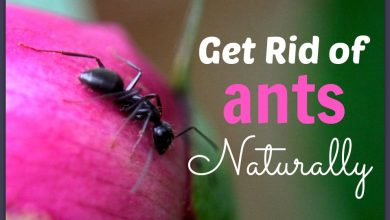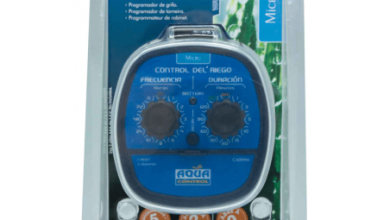Biological control of agricultural pests and diseases: examples
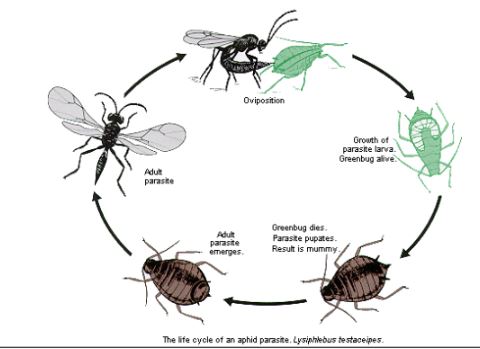
Hello to all agrohuerters! In today’s article we are going to talk about the biological control of pests and diseases. We will see why this alternative method is important, the organisms that can help us to implement it and if it is really effective or not in our crops.
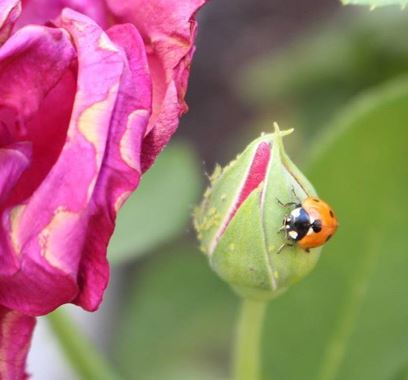
biological pest control
Biological control is a method of regulating populations of living beings through the intervention of other organisms. It is being applied in many areas as an alternative to other control methods. In agriculture, it basically refers to the reduction of pest populations (understanding pests such as insects, mites, pathogens and weeds) to certain levels that do not cause significant disturbances in our crop. To do this, natural enemies are used, that is, organisms that feed on them.
It is one of the most ecological and efficient mechanisms for the control of agricultural pests. It is being implemented every day in more farms, both organic and traditional. An example of this is the Andalusian horticultural greenhouses, where a high percentage of pest control, for some years now, has been based on biological methods. In addition, very good results are being obtained.
Advantages of biological pest control
- Natural enemies do not produce collateral effects on other beneficial organisms, since they are usually specific and feed on a small target group.
- The development of resistance is very unlikely, at least in the short term, compared to other control methods, such as phytosanitary products.
- The relationship between the costs and the benefits they provide is very favourable, since once they are released into the environment, maintenance is scarce.
- They do not cause toxicity problems.
- They are not polluting, so they do not leave residues either in the soil or in the crop.
- If the natural enemy is established in the crop, they are persistent and do not require implantation year after year. For this, alternative crops or strips of vegetation must be provided to serve as a supplement when the main crop is removed.
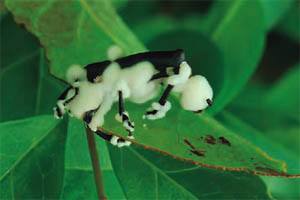
Disadvantages of biological control
- Its effects are slower than with the use of other methods, such as physical or chemical. This is due to the fact that the population of natural enemies needs to develop and settle, and acts in a density-dependent manner, since these antagonistic beings increase when there is a large pest population, since they feed on it. When the density of this has decreased, the population of natural enemies falls again and, then, the pest grows, so it is never completely exterminated.
- It requires extensive knowledge about the biology of pests and natural enemies, as well as the relationships established between them. The reproductive cycles, the possible hosts, the environmental conditions in which they develop, etc. must be known. for the method to be effective. In addition, to avoid major damage to the crop, it is necessary to anticipate when the pest is going to settle, since it must be taken into account that, at that time, the population of the natural enemy must already be settled and ready to act.
- Although it has been commented that they are not too demanding in terms of maintenance, biological control requires monitoring the evolution of the pest and the natural enemy to determine whether or not the treatment is being effective.
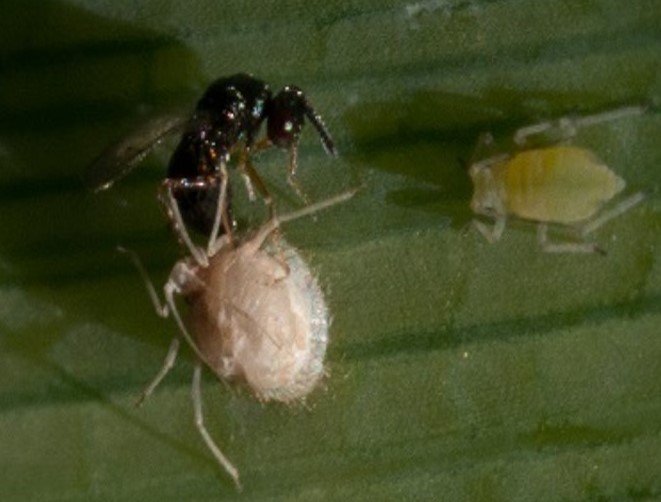
Biological Control Techniques
There are three biological control strategies: importation and increase, which are considered direct strategies due to the intentional intervention of man; and conservation, an indirect strategy that acts through the management of interactions in the agroecosystem. Each of them can be used individually or in combination.
Import biological control
Natural enemies are imported from one region to another in order to combat invasive alien pests. This strategy must be very controlled. The introduction of non-native species in an ecosystem can cause serious damage to it. Therefore, the International Standard for Phytosanitary Measures establishes guidelines for the export, shipment, import and release of biological control agents and other beneficial organisms.
Increase in biological pest controllers
What is intended, in this case, is to artificially increase the population of natural enemies, in such a way that the attack on the pest is enhanced. It is usually used when there is no natural control or it is at very low levels.
Conservation Biological Control
This strategy implies knowing and managing the interactions in the agroecosystem, acting on the elements of the environment to improve the factors that affect beneficial organisms and enhance their effectiveness against pests.

The fundamental benefit of biological control is measured in success or failure, in the sense that a pest has been controlled without having to complement it with other methods. In organic farming, especially on a large scale, it is a very effective method when cultivating. Avoid large losses in crops, maintaining a balance between the organisms of the agroecosystem.
In this way, the importance of maintaining interspecific relationships in the agricultural environment is highlighted. They help the system not to be decompensated. In addition, it prevents the appearance of serious problems thanks to the existence of this natural regulation. Hopefully, in the not too distant future, these techniques will have completely displaced chemical methods of control.
References
- Chandler, LD, FE Gilstrap. (1987).Seasonal fluctuation and age structure of Liriomyza trifolii (Diptera: Agromyzidae) larval populations on bell peppers. J. Econ. Entomol. 80, 102-106.
- Chabert, A. 2017. Agriculture, Ecosystems and Environment Practices of conservation agriculture prevail over cropping systems and landscape heterogeneity in understanding the ecosystem service of aphid biocontrol. Agriculture, Ecosystems and Environment, 249, 70–79.
- Denis, A., Villenave-Chasset, J. 2009. Habitats and food preferences concerning Syrphidae and Chrysopidae auxiliaries,

![Photo of Prune almond trees: [Importance, Time, Considerations and Steps]](https://www.complete-gardening.com/wp-content/uploads/2022/08/prune-almond-trees-importance-time-considerations-and-steps-390x220.jpg)
